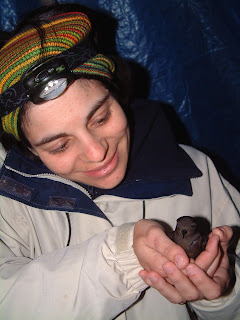CEMPA N03448. Ringed on the night of 08-09/06/2007 at Ponta da Alamadena, Algarve, Portugal.
Recaptured by Bernard Cadiou on Banneg Island, Molène archipelago, Brittany, France, on the night of 9-10/08/2007
CEMPA N03460. Ringed on the night of 08-09/06./2007 at Ponta da Almadena, Algarve, Portugal.
Recaptured by Bob Harris on Eilean nan Ron, Scotland on the night of 21-22nd July.
See the Eilean Nan Ron blog page for more seabird shenanigans! http://eileannanron.blogspot.com/
CEMPA N03533 ringed on the night of 09-10/06/2007 at Ponta da Almadena, Algarve, Portugal.
Recaptured by Declan Clarke at Sheepland Harbour which is on the southern side of the entrance to Strangford Lough, Ireland, on 26/08/2007.
CEMPA N03572. Ringed on the night of 10-11/06/2007 at Ponta da Almadena, Algarve, Portugal.
Recaptured by Bernard Cadiou on Banneg Island, Molène archipelago, Brittany, France, on the night of 8-9/08/2007.
CEMPA N03674. Ringed on the night of 13-14/06/2007 at Ponta da Alamdena, Algarve, Portugal.
Recaptured by Adrian George on the Isle of Muck, Scotland (info via Sara Roda & Ed Drewitt!)
CEMPA N03876 ringed on the night of 17-18/06/2007 at Ponta da Almadena, Algarve, Portugal.
Recaptured by Declan Manley at Annagh Head, Co. Mayo, Ireland, on 18/08/2007.
These details will all be submitted to the national ringing schemes in the normal way.
Photo of Bernard Cadiou's mist nets on Banneg Island, Brittany, where 2 Portuguese-ringed stormies were caught on successive nights in August 2007. The view is looking out towards the La Jument lighthouse and Ouessant Island where Auré Audevard has been ringing petrels this year.

.jpg)









.jpg)


























 Wait,
Wait,







